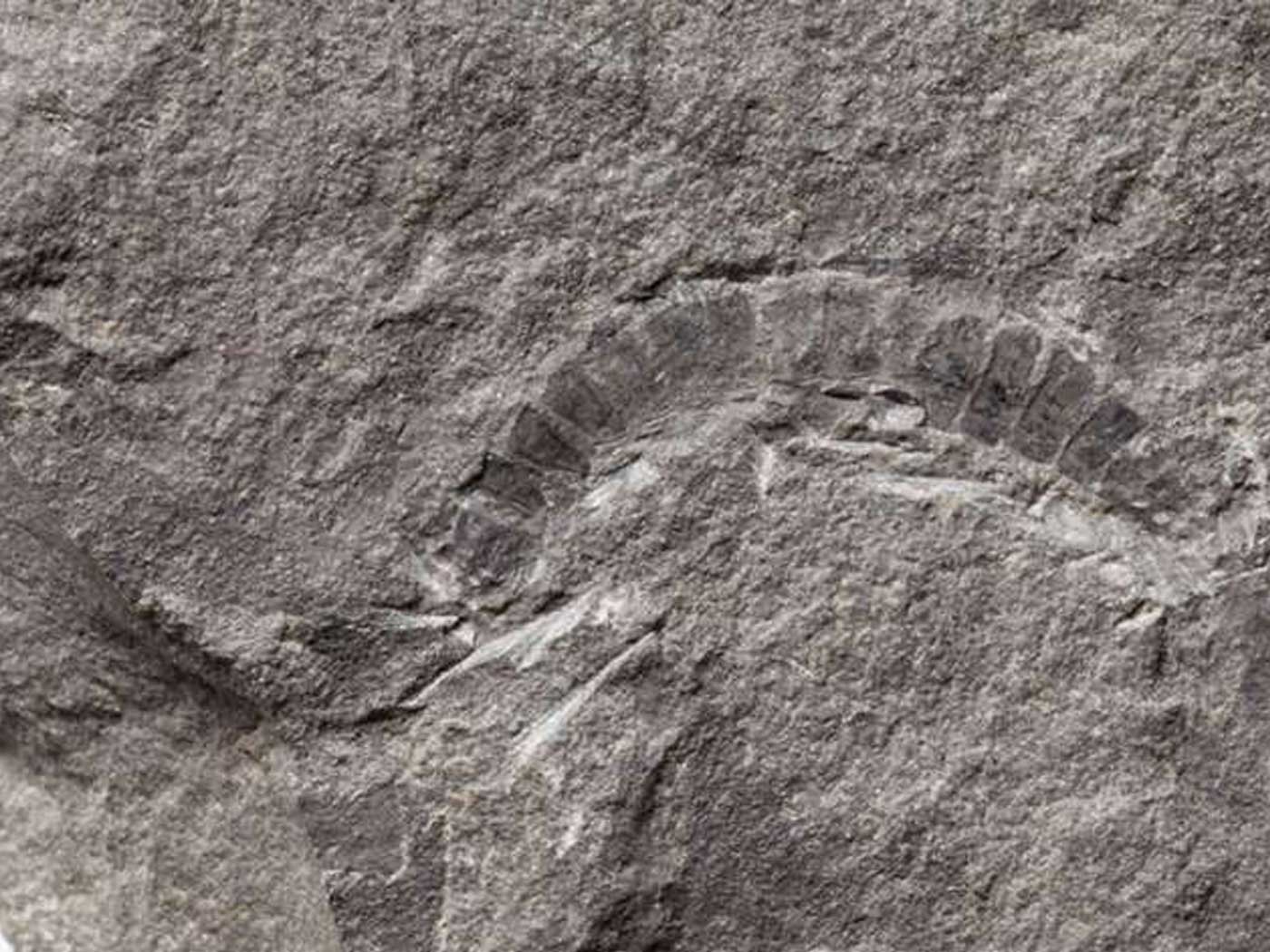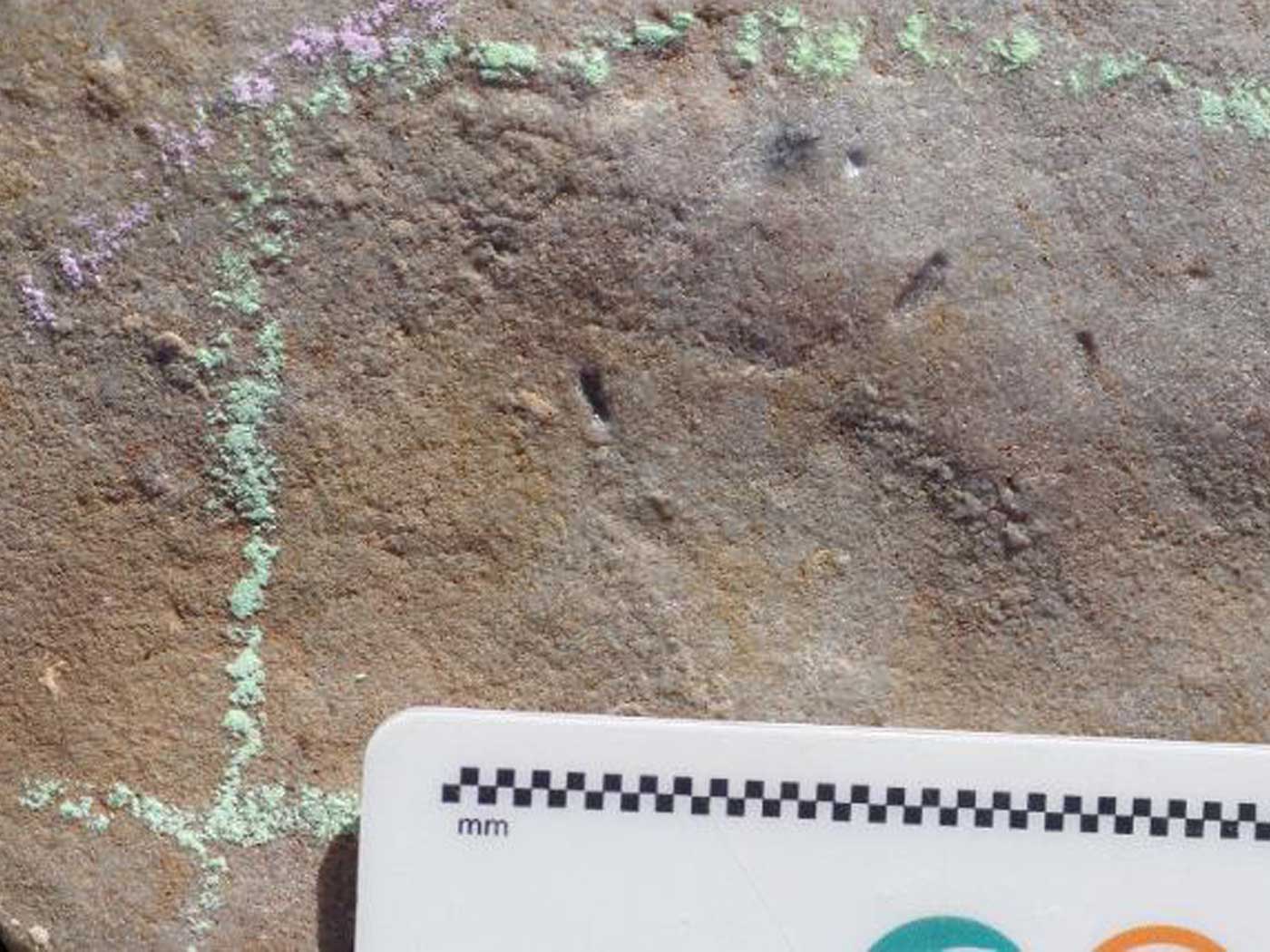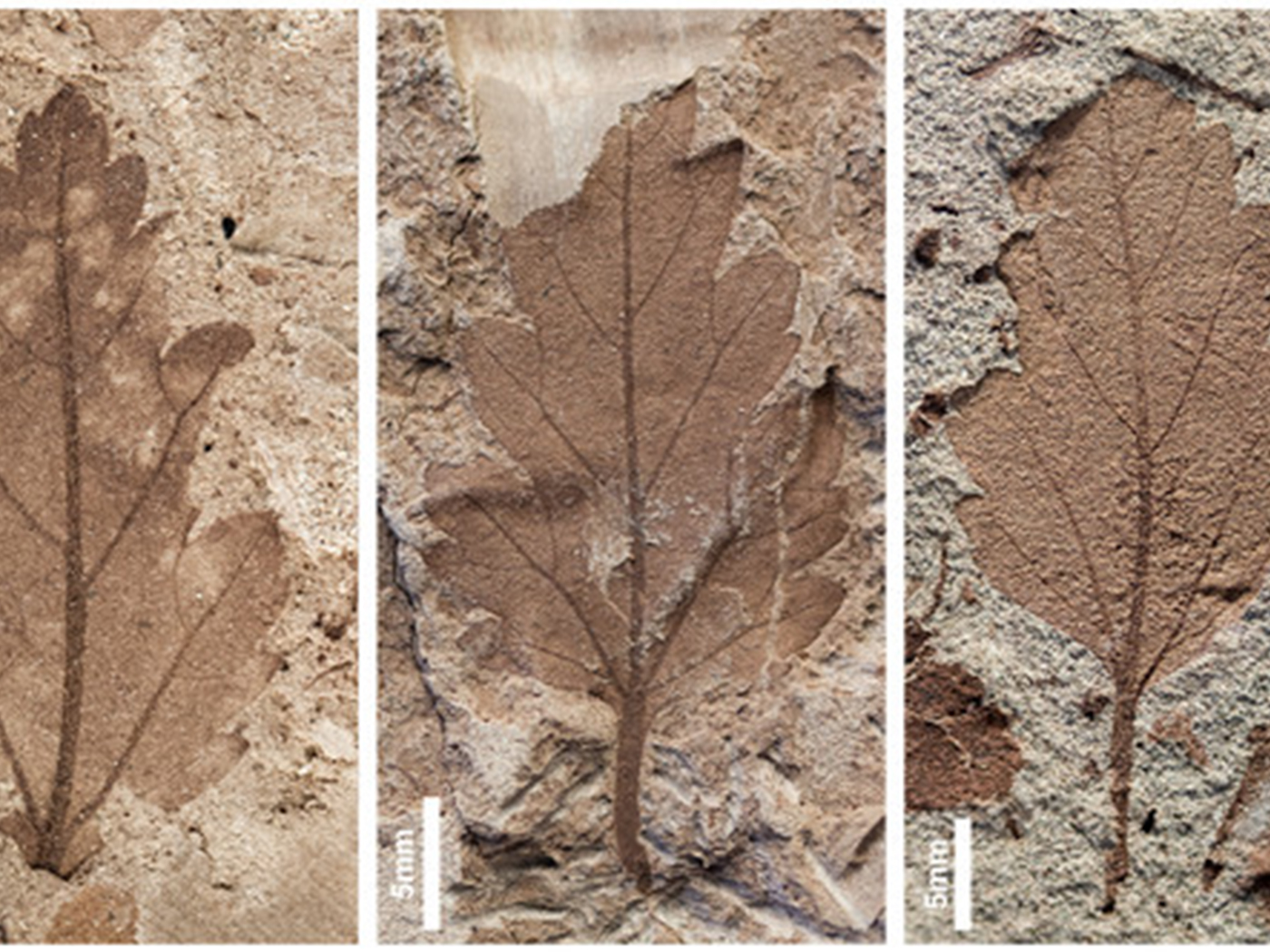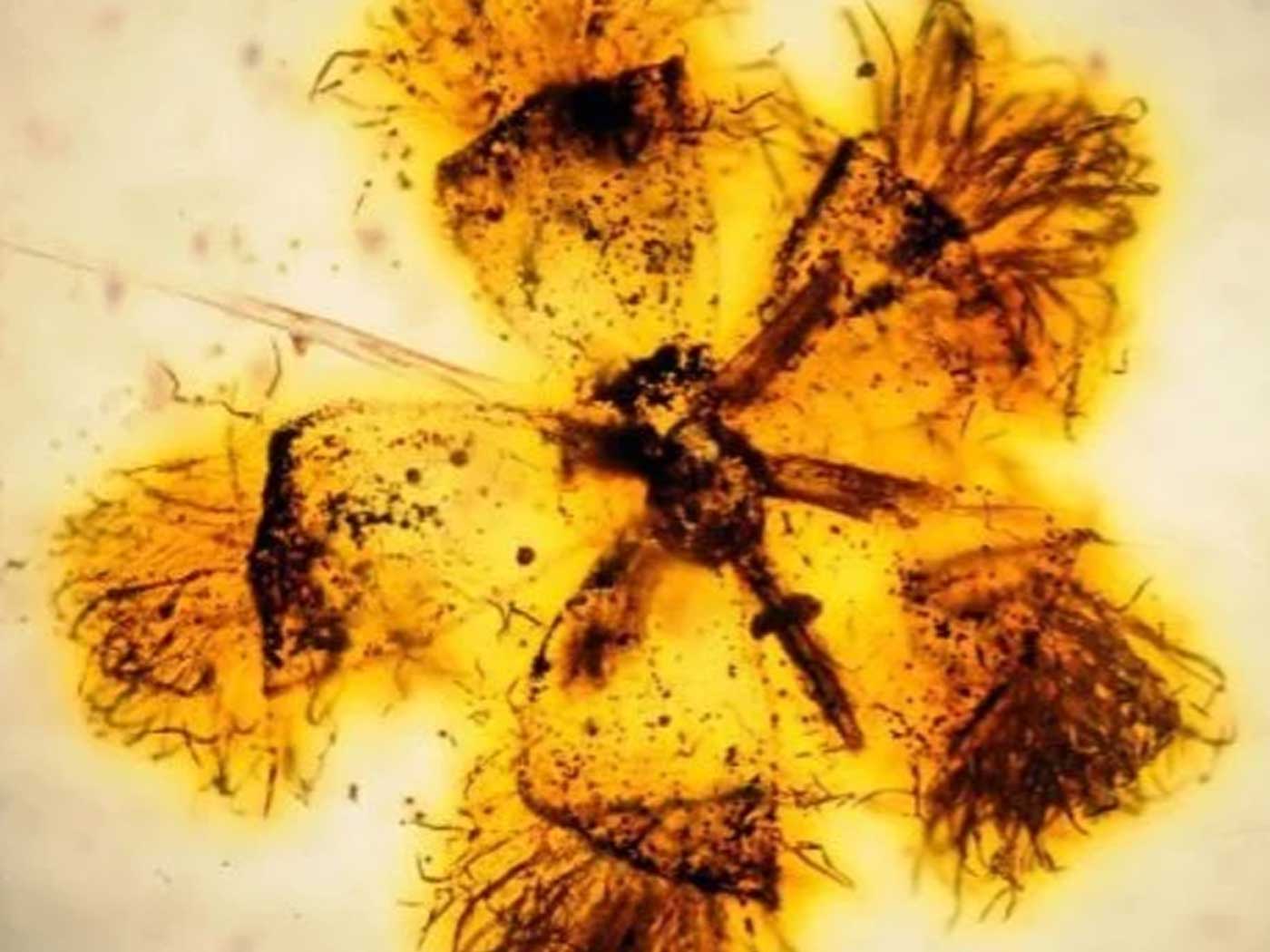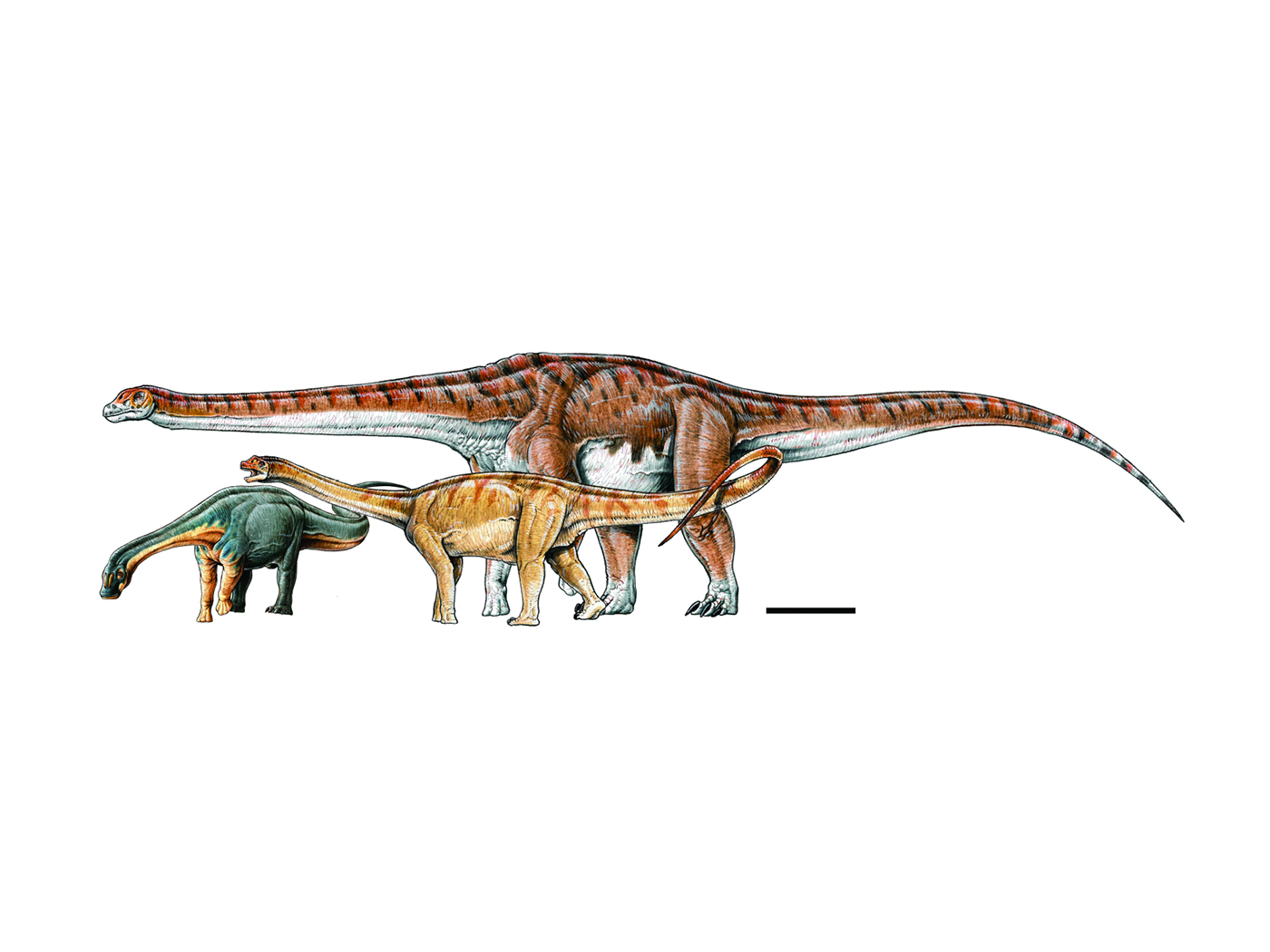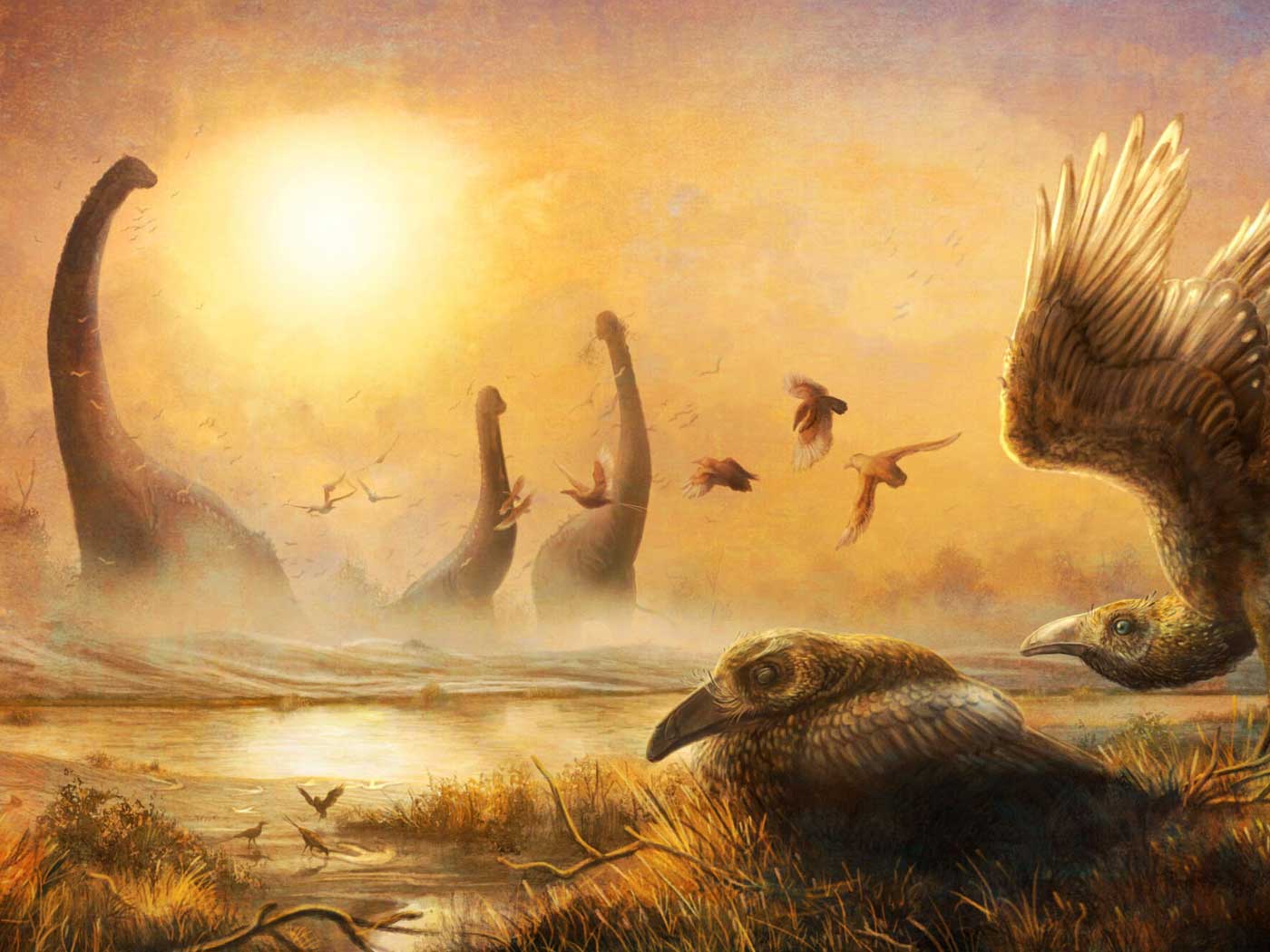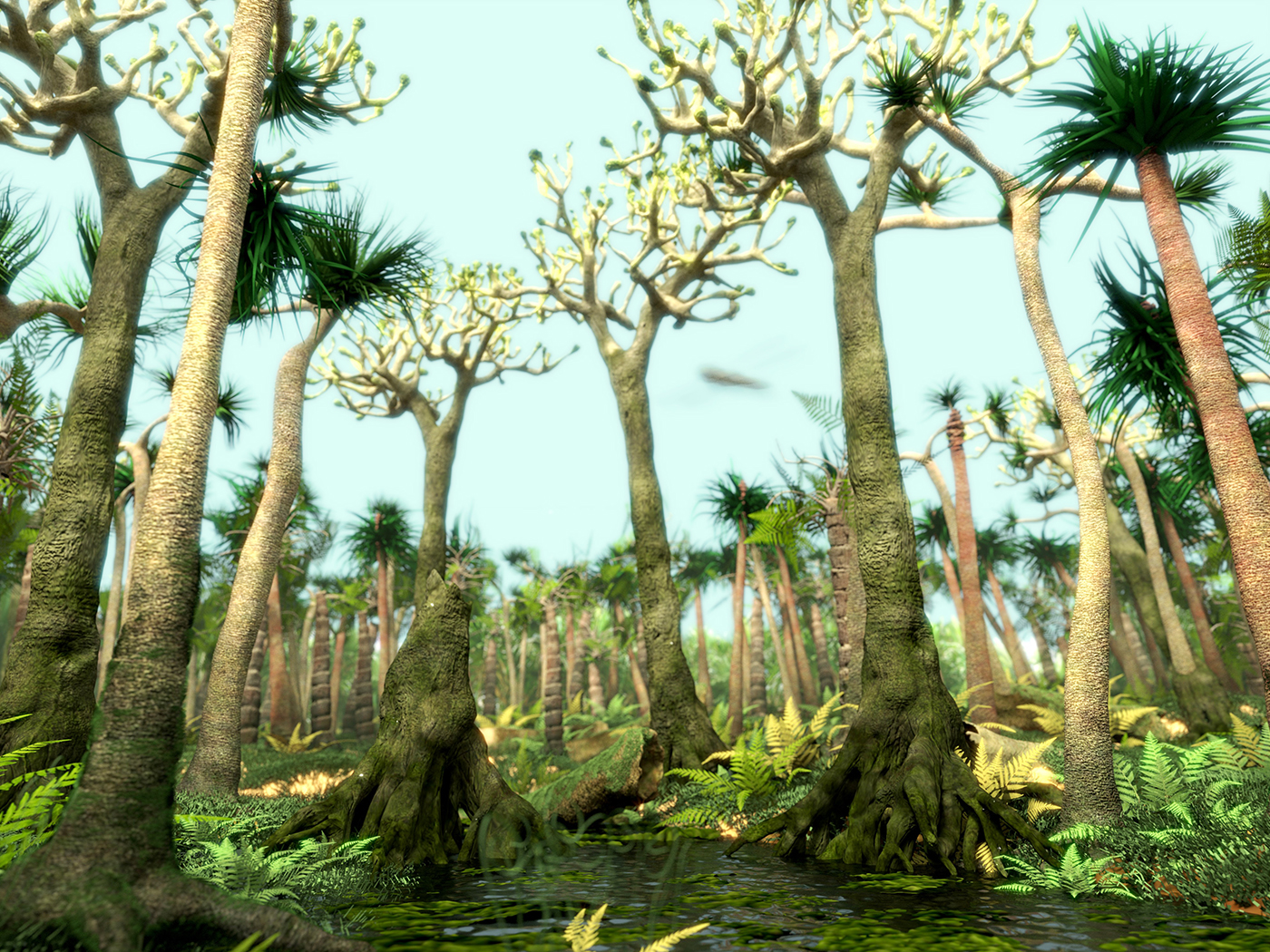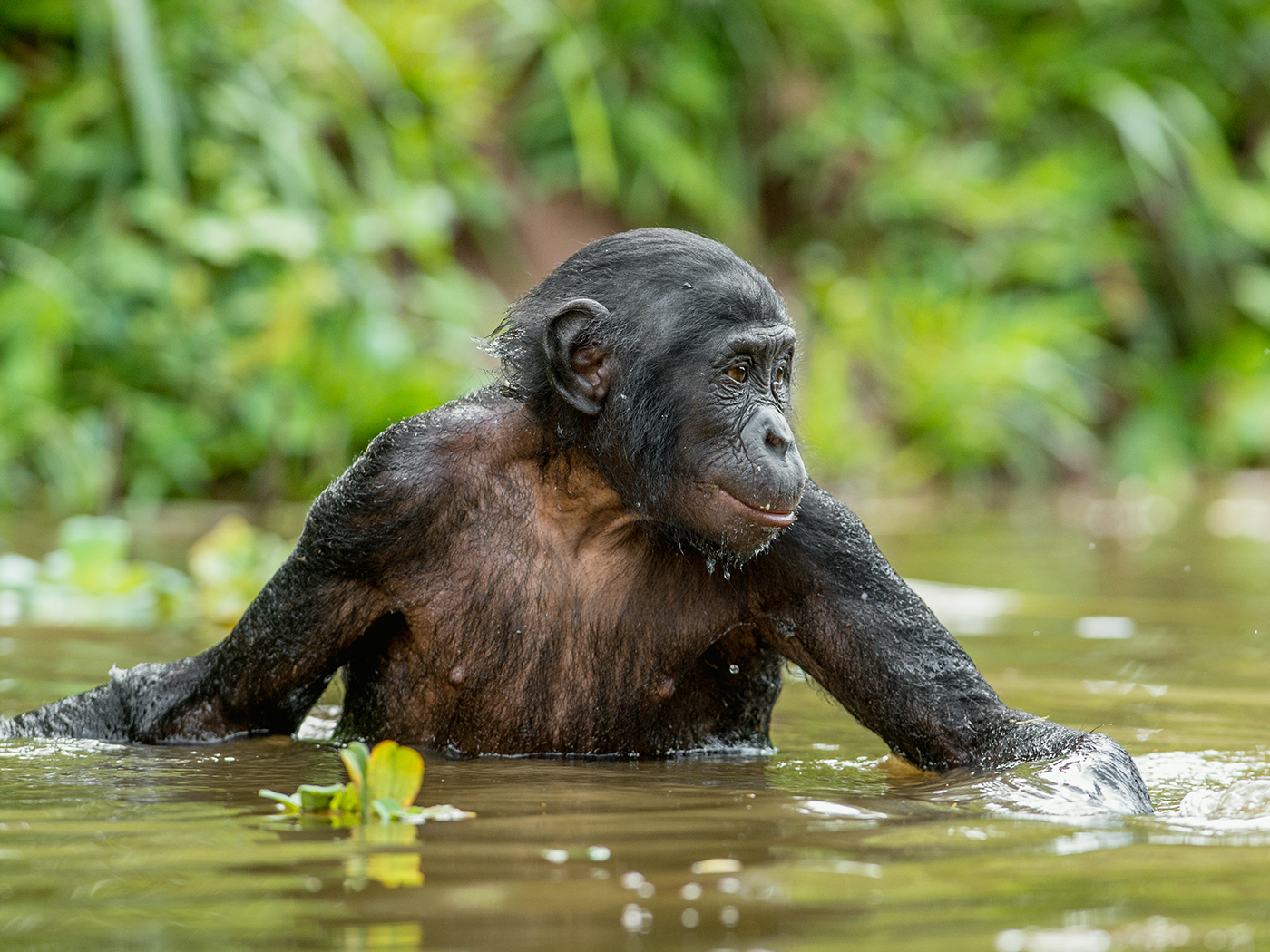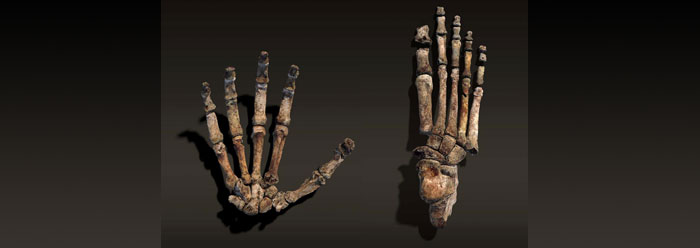Nearly 20 years ago, a team of anthropologists presented the finding of a fossil skull that was very chimp-like in many respects.1 However, the skull had several unusual features that led to the claim that the ape-like creature was an early bipedal ancestor from the early stages of human evolution. Now, a new study has presented a very chimp-like fossil femur that supposedly belongs to the creature and indicates that it habitually walked on all four feet and was therefore not trundling down the path to humanness at all.2
In 2002, a team led by a French researcher published the description of a new fossil skull deemed Sahelanthropus tchadensis.1 The skull was discovered in Central Africa in the country of Chad in the southern Sahara. It was originally highly fragmented and distorted, but after the researchers reconstructed its pieces, its face was flatter than a chimp’s and it had the foramen magnum (opening for the spinal cord) positioned more forward than is typically found in chimps. Based on the deduced position of the spine to the skull, the researchers claimed the ape-like creature habitually walked on two legs. And because the evolutionary age dates obtained for the creature are about six to seven million years, it was believed that this fossil could represent one of the oldest (if not the oldest) known human-ape ancestor.
Like many alleged hominid fossils, Sahelanthropus has been heavily criticized and debated over the years since its discovery. But adding to the controversy is the question of why the recently published fossil femur was never included in the original analysis to begin with. The femur is a large leg bone that connects the knee to the thigh, and its design and structure are very important for the purposes of posture and locomotion.
In this new paper in the Journal of Human Evolution, visual data from photographs provide a detailed look at the fossil femur.2 Strangely, the authors claim they do not know the current whereabouts of the fossil but have worked with the fossil firsthand and created detailed photographs for their later research. In this report, the researchers state, “The results of our preliminary functional analysis suggest the TM 266 femoral shaft belongs to an individual that was not habitually bipedal, something that should be taken into account when considering the relationships of S. tchadensis.”
A New Scientist report also describes the research and claims that “the shape of the femur from Sahelanthropus tchadensis is typical of apes like chimps” and that the creature “didn’t walk on two legs, and therefore may not have been a hominin at all, but rather was more closely related to other apes like chimps.”3 When we add this new data to the original reconstructions done of the skull, which showed it to be very chimp-like in appearance (even the same size as chimp skulls), the conclusion is that Sahelanthropus likely represents a type of extinct chimp and is not an evolutionary human ancestor.
Once again we are left with a huge chasm between humans and apes in the fossil record. The missing link is still missing.
Stage image: Sahelanthropus tchadensis femur.
Stage image credit: Franck Guy/Université de Poitie. Copyright © 2020. Adapted for use in accordance with federal copyright (fair use doctrine) law. Usage by ICR does not imply endorsement of copyright holders.
References
1. Brunet, M. et al. 2002. A new hominid from the Upper Miocene of Chad, Central Africa. Nature. 418 (6894): 145–151.
2. Macchiarelli, R. et al. 2020. Nature and relationships of Sahelanthropus tchadensis. Journal of Human Evolution. 149 (102898): ISSN 0047-2484.
3. Marshall, M. 2020. Our supposed earliest human relative may have walked on four legs. New Scientist. Posted on NewScientist.com November 18, 2020, accessed December 1, 2020.
*Dr. Tomkins is Director of Research at the Institute for Creation Research and earned his doctorate in genetics from Clemson University.
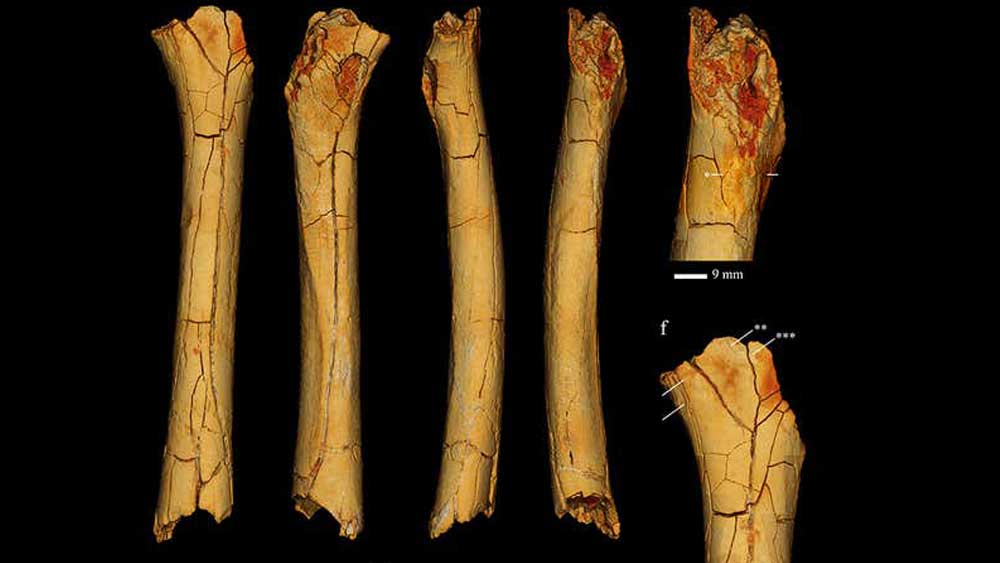
Sahelanthropus Femur Likely Makes It a Chimp
The Latest
Was a Key to Photosynthesis Evolution Discovered?
Northern Canadian lakes were the source of recently discovered unique photosynthetic bacteria of the phylum Chloroflexota. After years of culturing,...
CREATION PODCAST
Four Moons That Indicate a Young Universe | The Creation Podcast:...
Earth has one moon, but Jupiter has many! What can we learn from our celestial neighbor's satellites? Do they indicate youth?
Host...
Creation Kids: Seeds and Sprouts
by Renée Dusseau and Susan Windsor*
You're never too young to be a creation scientist and explore our Creator's world. Kids, discover...
APOLOGETICS
Christ’s Creativity in Canyon Critters
Grand Canyon animals display many marvelous traits and behaviors as they live life in that harsh habitat. These canyon creatures succeed thanks to the...
Standing Against False Science
I’m Michael Stamp, and I’m in my 12th year as an editor at the Institute for Creation Research. It’s always an encouragement to see...
Oysters and Pre-Flood Longevity
The oyster species Crassostrea virginica, also known as the eastern oyster, is a prized seafood. Research has demonstrated that a fossil version of...
Galápagos Finches: A Case Study in Evolution or Adaptive Engineering?
A group of birds known as Darwin’s finches live in the Galápagos Islands, which are located in the Pacific Ocean 600 miles west of Ecuador....
Hot Springs National Park: Hydrothermal Springs Formed By The...
Hot Springs National Park is located about an hour southwest of Little Rock in the folded Ouachita Mountains of central Arkansas. It is the second smallest...
Why Biology Needs A Theory of Biological Design—Part 2
“Based on a true story” is included by movie producers to add authenticity, importance, and a flair of anticipation. So, my account of how...
Marine Fossil Tapeworm Is Still a Tapeworm
The Flood was both sudden and rapid. The burial of creatures—including delicate plants and soft-bodied animals like jellyfish1—occasionally...




